How Proptech Is Changing Energy Operations and Green Buildings
Insights from venture capitalist Jake Fingert of Camber Creek on the intersection of energy and technology.
Garnering steady attention from venture capitalists around the world, proptech is a hot topic. The investment community is learning to make use of smart data to add value, while building operators are adhering to technologies required by tech-savvy customers who demand seamless, integrated and tailored solutions.
READ ALSO: Investors, Startups Still Keen on PropTech
Smart appliances, smart meters, building management systems, integrated distribution management systems and even city-wide energy management systems are becoming more sophisticated as well as more affordable.
To get a better idea of how proptech is affecting energy operations and other aspects of sustainability, CPE talked with Jake Fingert, general partner at Camber Creek, a Washington, D.C.-based venture capital firm. Previously, he served as a senior policy advisor in the Obama administration.
Camber Creek launched in 2011. How has the real estate technology ecosystem evolved since then?
Fingert: When Camber Creek started investing in proptech back in 2011, the state-of-the-art was cellphones and Excel spreadsheets. Today at Camber Creek alone we see more than a thousand deals a year in the real estate technology market. As the market has grown, so have venture capital investments. In 2011, there was approximately $100 million invested in proptech and in 2019, venture investments totaled north of $12 billion.
What new green technological solutions do you consider particularly relevant these days for the real estate industry?
Fingert: I would call out three areas where there’s a lot of activity to help real estate owners manage climate emissions: smart building software, hardware, and data and reporting.
Back in as early as the 1980s, there were building management software systems. But a new generation of companies is integrating Internet of Things sensors and bringing artificial intelligence to cut energy use and costs. Building IQ, Lucid Buildings, Aquicore and Enertiv are some examples of companies in this space.
Looking at the energy/sustainability hardware space, there are IoT companies like Senseware that are building next-generation sensors, building management system integrators like Passive Logic, that sell integration toolkits and modules that plug into existing systems to provide a single control center, and companies like Radiator Labs that are rethinking appliances for energy retrofits.
Real estate owners and managers also need help tracking all of this and reporting out to investors and regulators. Measurabl helps large property owners and managers to aggregate ESG (environmental, social and governance) data like energy usage across a portfolio by integrating directly with electric utilities to sweep up data.
Do you expect energy-efficient buildings to be dependent on proptech to deliver eco-friendly properties? Also, can we expect governments to fine households for excessive consumption of energy in the way some companies are, in a not too distant future?
Fingert: Technology is going to be absolutely central to meeting the threat of climate change. The U.S. Department of Energy estimates that current technology can bring down energy use by a maximum of 46 percent on average in commercial buildings. That’s not enough to meet scientific estimates on necessary reductions to combat climate change, nor to meet policy requirements in places like New York City.
I don’t think Americans are going to go without air conditioning in the hot summers or heating in the cold winters, so that means property owners are going to be under increasing pressure to provide the same services with lower emissions—and that is going to create strong incentives for new technological advances, whether that’s “smart” glass, on-site renewables or concepts we haven’t yet seen.
Tell us more about the most common behaviors investors analyze.
Fingert: Investors concerned about ESG are going to be looking at a broad set of issues, ranging from things like treatment of workers and local environmental impacts, to deforestation or air pollution. Increasingly though, investors are expanding their focus on climate change risks. For example, in a widely publicized letter in January, Larry Fink, CEO of BlackRock, the world’s largest institutional investor, indicated that BlackRock would require companies in which it invests to start reporting on climate emissions and climate risks.
International standard-setting bodies like the Taskforce for Climate Financial Disclosures have also called out real estate as an industry with high exposure to climate change risks, pointing to factors like the high greenhouse gas emissions from the building sector and the impact of extreme weather and flooding on real estate values.
So, investors are going to be looking at these kinds of factors: What steps are institutional real estate owners taking to mitigate their climate emissions through energy efficiency or on-site renewables? Are buildings located in low-lying areas that are more likely to flood? Are the elements of infrastructure—like the energy grid—on which an asset depends more exposed to severe weather?
Which are the cons of ESG criteria?
Fingert: Studies consistently show that companies that pursue rigorous evaluation of their ESG risks perform better overall because they better manage their supply chain, reduce exposure and improve the management’s visibility into company operations.
The major downside for real estate owners is not the reporting on ESG—it’s the fact that climate change is posing real, meaningful risks to tens of thousands of properties around the country and real estate owners must confront that reality. That said, reporting on ESG adds a burden to companies and introduces new factors to consider in valuing assets and deals, which is a big shift.
Are there startups you’d like to see in the proptech industry, but don’t?
Fingert: We don’t typically think about the market in that way. I will say that there is a gap between the range of products and services available to help property owners decrease energy and the enthusiasm among property owners to invest their time in adopting those new hardware systems, software systems and business processes. And that’s understandable. The ROI on some updates or renovations might not be compelling given the effort required.
You are starting to see regulators step in to try and encourage a faster rate of change. For example, New York City recently passed a climate bill that sets specific emissions reductions targets of 40 percent by 2030 and 80 percent by 2050 for large commercial buildings, with interim mandatory targets as soon as 2024. These emissions targets are enforced with substantial fines.
READ ALSO: Proptech Continues to Ride High
Should proptech startups partner with established real estate companies?
Fingert: Real estate is a highly networked industry which means that startups often find it difficult to break in and get early customers. In some cases, institutional real estate companies have incubated new software companies or launched their own venture firms. What is more common is for real estate owners and managers to invest in and work with venture capital firms that can provide insight into market dynamics and help screen for high impact new technologies.
How long do you think it will take for green building methods and materials to replace traditional construction?
Fingert: I think that change is happening now. You’re seeing more and more adoption of LEED standards for construction and a technology ecosystem to support that work—like GreenBadger, a software designed specifically to help general contractors track and report on their LEED compliance.
The next big shift will be on basic building materials as builders move away from concrete and steel and towards mass timber, which includes cross-laminated timber, glue-laminated timber and other variations. Timber is cheaper and the production of a timber building has significantly lower emissions than a steel and concrete building. Alphabet’s subsidiary Sidewalk Labs is already planning to build mass timber buildings at their proposed Toronto Quayside development.

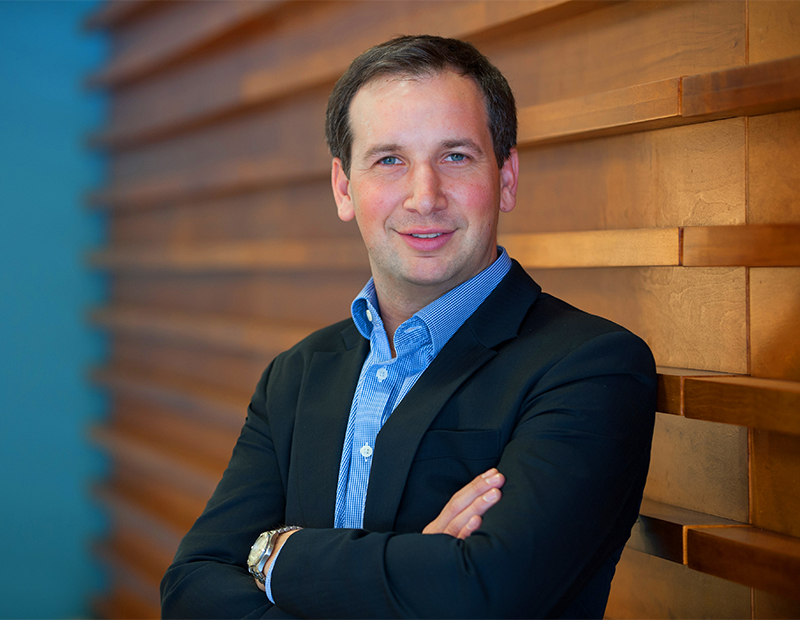



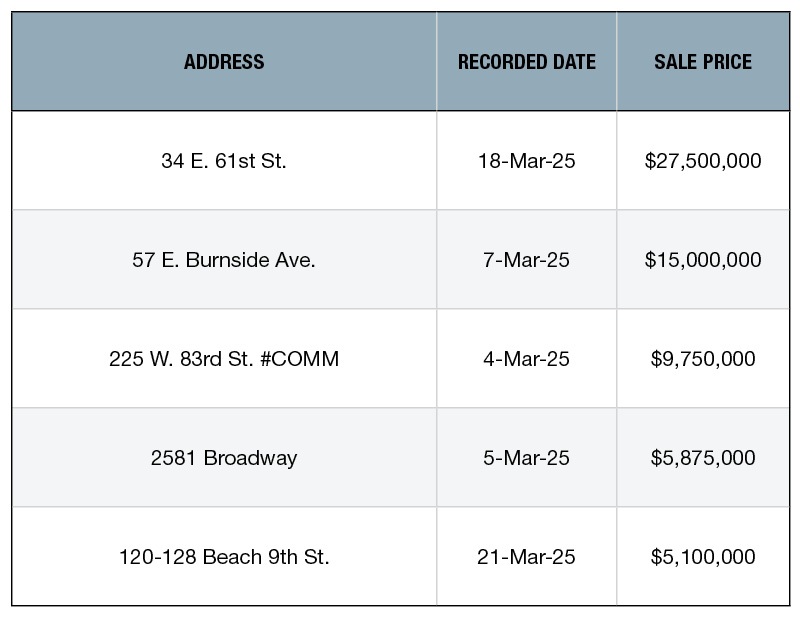

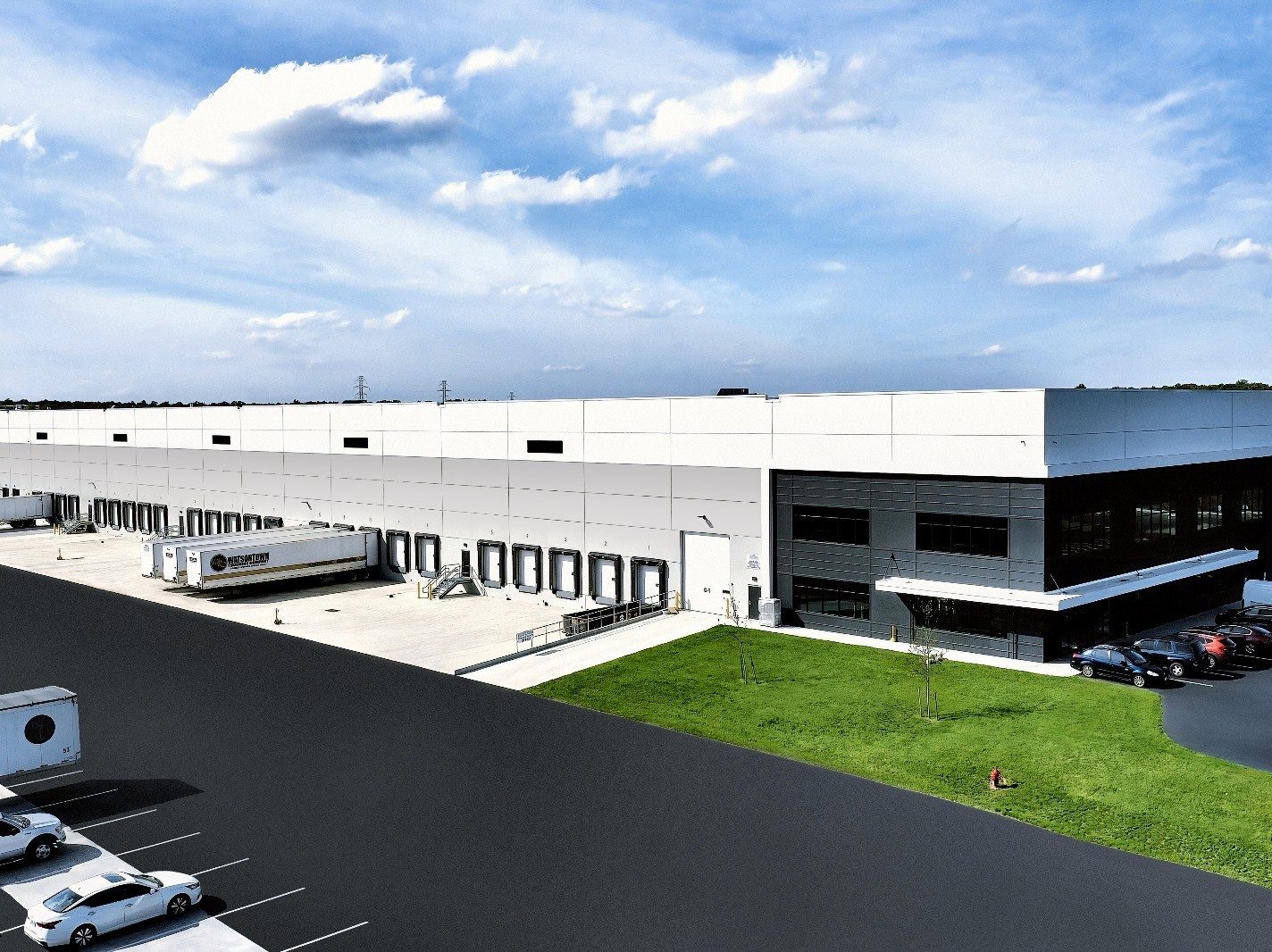

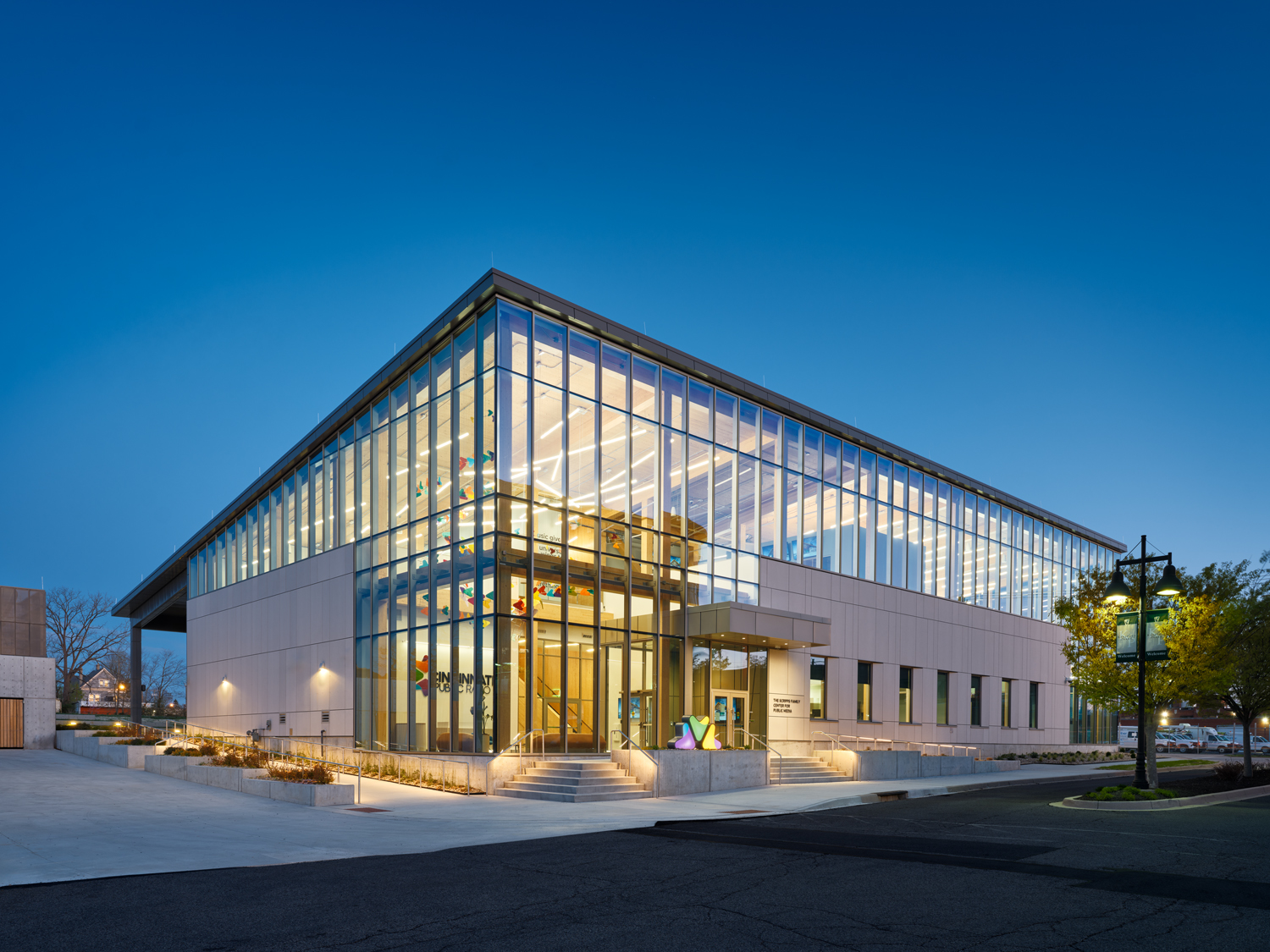
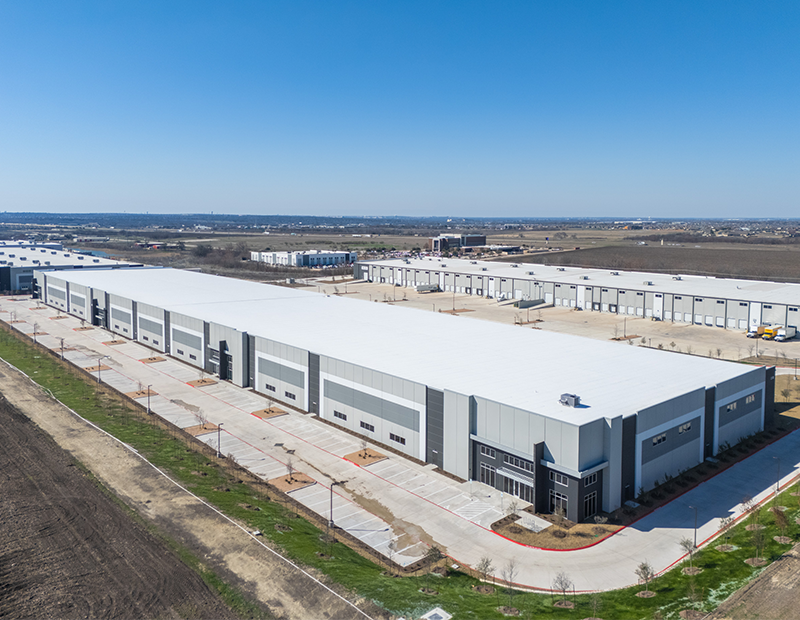
You must be logged in to post a comment.